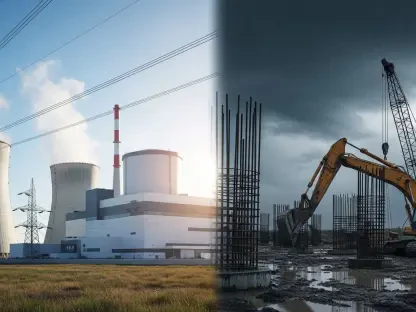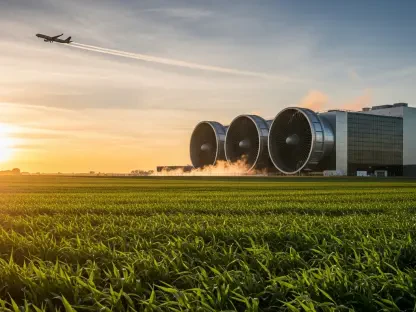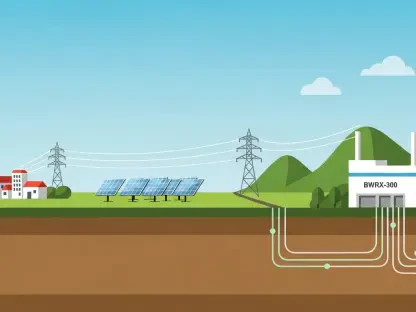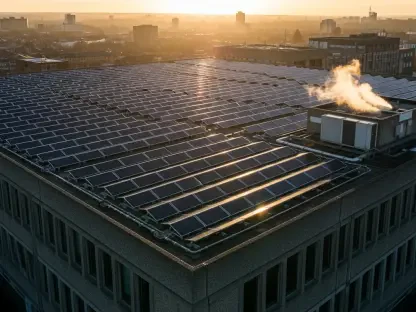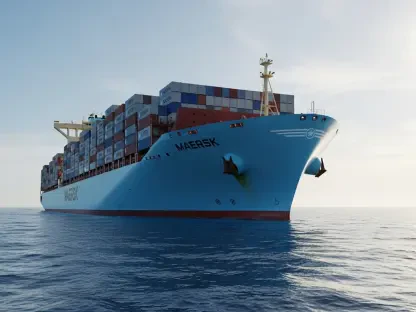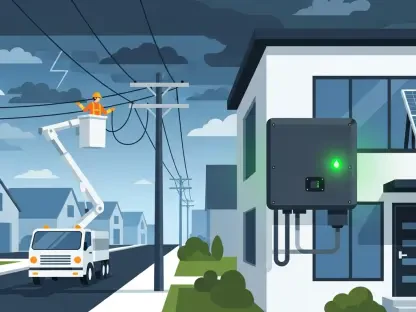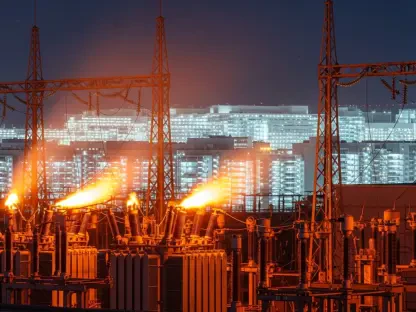The shipping industry is currently at a critical juncture as it attempts to transition towards cleaner energy sources and the adoption of e-fuels. A recent report from the UCL Energy Institute’s Shipping and Oceans Research Group, in collaboration with UMAS, presents new insights into the options that the International Maritime Organization (IMO) is considering to facilitate this shift. The study highlights the significant role of targeted incentives in promoting the adoption of e-fuels before 2040 and underscores the potential risks and challenges associated with different strategies. The timing and nature of these incentives are crucial to overcoming barriers and ensuring the industry moves towards more sustainable practices.
Global Fuel Standard and Flexibility Mechanism
The report from the UCL Energy Institute emphasizes that relying solely on a global fuel standard combined with a flexibility mechanism is unlikely to result in the widespread adoption of e-fuels before 2040. Until 2036, the shipping industry is expected to continue relying on a mix of fossil fuels, including LNG, biofuels, and Carbon Capture and Storage (CCS) technology. These traditional fuels will remain the most competitive solutions in the short term, highlighting the need for more aggressive measures to encourage the transition to cleaner alternatives.
Starting from 2036, the report identifies ammonia dual-fuel ships operating on blue ammonia as a lower-cost alternative. However, these ships come with a significant increase in the total cost of operation (TCO) post-2040 for those initially ordered for short-term competitiveness. The financial implications of adopting such technologies need to be carefully considered to ensure that the industry’s transition to cleaner fuels is sustainable in the long run. This finding suggests that while ammonia may offer a viable path forward, the industry must be prepared to invest in the long-term financial implications of adopting such technologies.
Targeted Incentives and Subsidies
The report stresses that effective promotion of e-fuels will require policies that offer targeted rewards and direct subsidies funded by greenhouse gas (GHG) pricing. These incentives are essential during the period between 2027 and 2035, which is a critical window for closing the cost gap between e-fuels and cheaper compliance options like LNG and biofuels. The study underscores that without specific and targeted rewards, significant early adoption of e-fuels is unlikely, and the transition toward sustainable shipping may be delayed.
The importance of targeted incentives lies in their ability to overcome the initial cost barriers associated with e-fuels. The report suggests that without such measures, the industry may continue to rely on less sustainable options, undermining global efforts to reduce GHG emissions. By providing financial support, these targeted incentives can help bridge the gap and encourage the early adoption of cleaner energy sources, ultimately accelerating the transition to a more sustainable shipping industry.
Levy and Reward Mechanism
In exploring the potential of a levy and reward mechanism, the report examines two scenarios: a low levy ($30-$120 per ton of CO2 equivalent) and a high levy ($150-$300 per ton of CO2 equivalent). The low levy scenario is seen as insufficient for generating the necessary revenue to maintain consistent promotion of e-fuels and ensure a smooth energy transition. In contrast, the high levy scenario can mitigate risks by generating adequate revenue, ensuring the energy transition remains competitive and contributing to a just and equitable shift.
The high levy scenario is particularly crucial for sustaining promotion efforts and ensuring the transition to e-fuels is both competitive and equitable. Generating sufficient revenue through a high levy can help bridge the cost gap and support the development and adoption of cleaner energy technologies. This approach can benefit the entire shipping industry by making e-fuels a more viable and attractive option for shipowners and operators, ultimately leading to a more sustainable maritime sector.
Competitiveness Gap and Reward Rates
To address the competitiveness gap between e-fuels and other low-cost compliance options, the report identifies the need for a substantial reward rate. In the high levy scenario, a reward rate of $28 per gigajoule (GJ) is necessary in 2027, compared to $36 per GJ in the low levy scenario. The study points out that introducing a flexibility mechanism does not eliminate the need for a targeted reward but can influence the competitiveness of e-fuels starting from 2035 onwards.
The required reward rate to bridge the e-fuel competitiveness gap is expected to decrease over time as technologies improve and costs decline. However, the reward rate is highly sensitive to various input assumptions, necessitating continuous and careful review to ensure the reward mechanism remains effective and promotes the energy transition cost-effectively. Consistent monitoring and adjustment of reward rates will help maintain the balance between fixed levy prices and varying reward levels, ultimately contributing to the achievement of IMO’s emission reduction targets.
Impact of Scenario Modeling
The shipping industry is at a pivotal point as it strives to transition to cleaner energy sources and the integration of e-fuels. A recent study by the UCL Energy Institute’s Shipping and Oceans Research Group, in collaboration with UMAS, sheds light on the strategies the International Maritime Organization (IMO) may employ to support this shift. The report emphasizes the critical role of well-targeted incentives to encourage the adoption of e-fuels before 2040. It also highlights the potential risks and challenges tied to various approaches. The timing and structure of these incentives are essential for overcoming obstacles and guiding the industry towards more sustainable practices. This transition is crucial as the shipping sector aims to reduce its environmental impact and align with global climate goals. As the industry navigates this period of change, effective policies and support mechanisms will be key to facilitating the widespread use of cleaner energy alternatives and ensuring a sustainable future.



